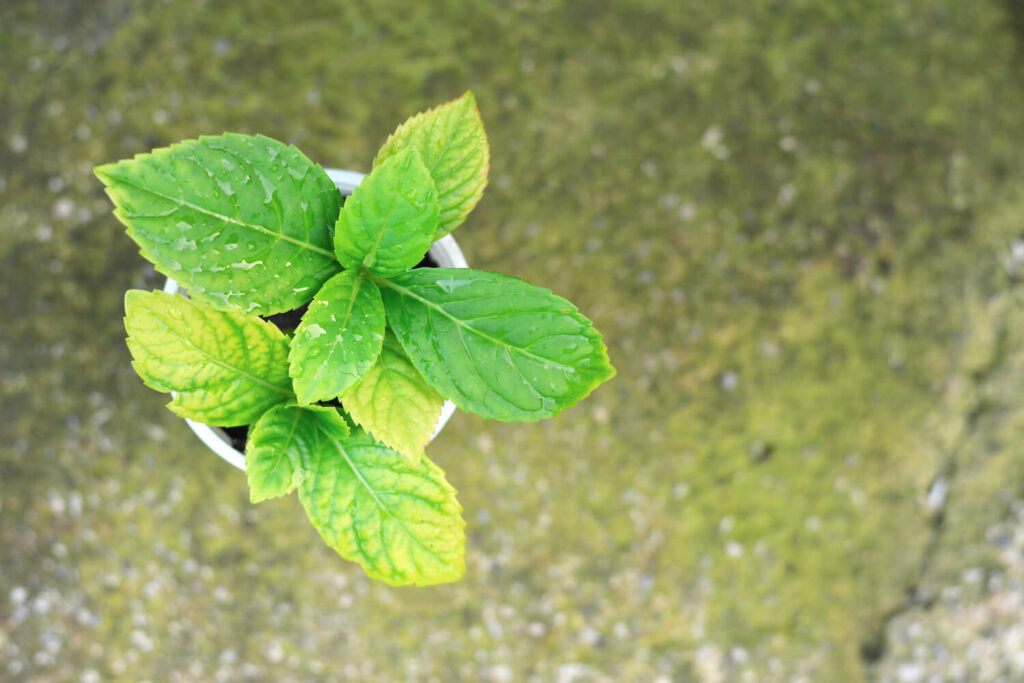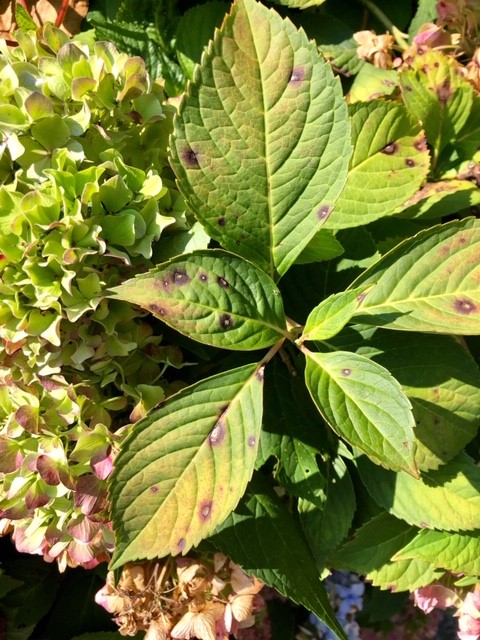The Facts About Hydrangea Leaves Turning Yellow Uncovered
Table of ContentsThe 8-Minute Rule for Hydrangea Leaves Turning YellowGetting My Hydrangea Leaves Turning Yellow To WorkThe Best Strategy To Use For Hydrangea Leaves Turning YellowThe Facts About Hydrangea Leaves Turning Yellow UncoveredThe Facts About Hydrangea Leaves Turning Yellow UncoveredSome Ideas on Hydrangea Leaves Turning Yellow You Should Know
The container needs to be large sufficient so the plant can expand and obtain all of the water and nutrients it requires. Panicles love the complete sunlight.No matter of the variety, plan in advance and make certain your plant has lots of security from the wind. You might hair transplant to a brand-new area, or you can create a wind barrier utilizing an additional plant, or fence.
Ornamental yard, Rose of Sharon, or Holly shrubs are simply a few concepts of plants you could use to block the wind. If you need to transplant, locate a spot in your yard that is well secured from sunlight and wind. Hair transplanting is ideal done in the autumn or the springtime.
The Basic Principles Of Hydrangea Leaves Turning Yellow
Every one of the above situations can take place to any kind of garden enthusiast. Thankfully for everybody, hydrangeas are extremely resistant, and will certainly probably recoup extremely swiftly with a little love and treatment. The plants place is one of the most important aspect when it pertains to obtaining well-known and appropriate growth. With a little forethought on growing place and correct upkeep, you'll be able to ensure your hydrangeas!.
So, if Hydrangea leaves turn yellow and drops off later, it's normally due to overwatering, as the plant can not uptake water and loses the leaves to remove transpiration. Following this, Hydrangea leaves beginning to droop and wilt. Because both conditions can establish yellow fallen leaves, you ought to spot the difference in between the overwatered and underwatered plant.
You can save the plant from yellow leaves by providing it the appropriate light and placement. If your plant obtains yellow fallen leaves, relocate it to a dark area.
3 Simple Techniques For Hydrangea Leaves Turning Yellow
, and temperature level alterations can cause yellowing leaves and brown spots. If it gets too cozy, the edges of the fallen leaves come to be yellow, transform brown and develop a crunchy structure.
Heavy dirt can quickly obstruct the oxygen supply to the origins and sever the connection with the top components of the plant (leaves). Hydrangea leaves transform their color if they find small inconveniences in the soil composition. This concern can create the Hydrangea leaves to turn yellow, experience leaf decreases, and render a saggy plant compatible overwatering.
But, yellow fallen leaves in Hydrangeas are the first indications of disease invasion, usually adhered to by black places, browning, drops, and wilting. Isolate the diseased or pest-infested plant from the healthy plants to stop disease spread. If it is a yard plant, get rid of all the contaminated fallen leaves making use of sterilized tools and tidy up all the debris.
Hydrangea Leaves Turning Yellow Fundamentals Explained

Avoid reducing healthy and balanced or environment-friendly fallen leaves, and do not get rid of even more than 25% of the plant's foliage. Gather the discarded entrusts to melt or compost them. The major reason behind the red fallen leaves in Hydrangea is inadequate soil or ecological problems. Hydrangea Leaves Turning Yellow. If Hydrangea fallen leaves have a white grainy substance on them, it indicates Powdery Mildew infection.
Likewise, repot the plant each year in springtime or every 2 years if the development price is slow-moving.
The Ultimate Guide To Hydrangea Leaves Turning Yellow
Each factor influences the plant in a way that can be dealt with if we understand just how additional reading to care for hydrangeas the right method. When we talk regarding inadequate light for hydrangeas, we indicate that the plant isn't getting adequate sunlight.
Without adequate sunlight, the fallen leaves can transform yellow, the plant can come to be weak, and it may create less flowers. To ensure a hydrangea receives sufficient light, it needs to be put in a place where it can delight in the early morning light and be shielded from the intense mid-day sun. Overwatering is when a hydrangea plant obtains directory even more water than it needs.
The Best Guide To Hydrangea Leaves Turning Yellow

Yellow fallen leaves may be an indicator that the plant is obtaining also much water. On the various other hand, dehydration happens when the plant doesn't get sufficient water.
This problem is common in the autumn as the weather adjustments or if a hydrangea is grown in an area where it does not get adequate heat from the sunlight. It is essential to recognize the right conditions for hydrangeas to stay clear of low-temperature anxiety. Many hydrangeas expand best in zones 6 to 9, where the environment is milder.
It's important to understand that this kind of yellowing is different from the yellowing triggered by issues like way too much water or otherwise enough light. Therefore, if the yellow fallen leaves are mainly at the bottom of the plant et cetera of the plant looks healthy, it might simply mean that the leaves are just obtaining old.